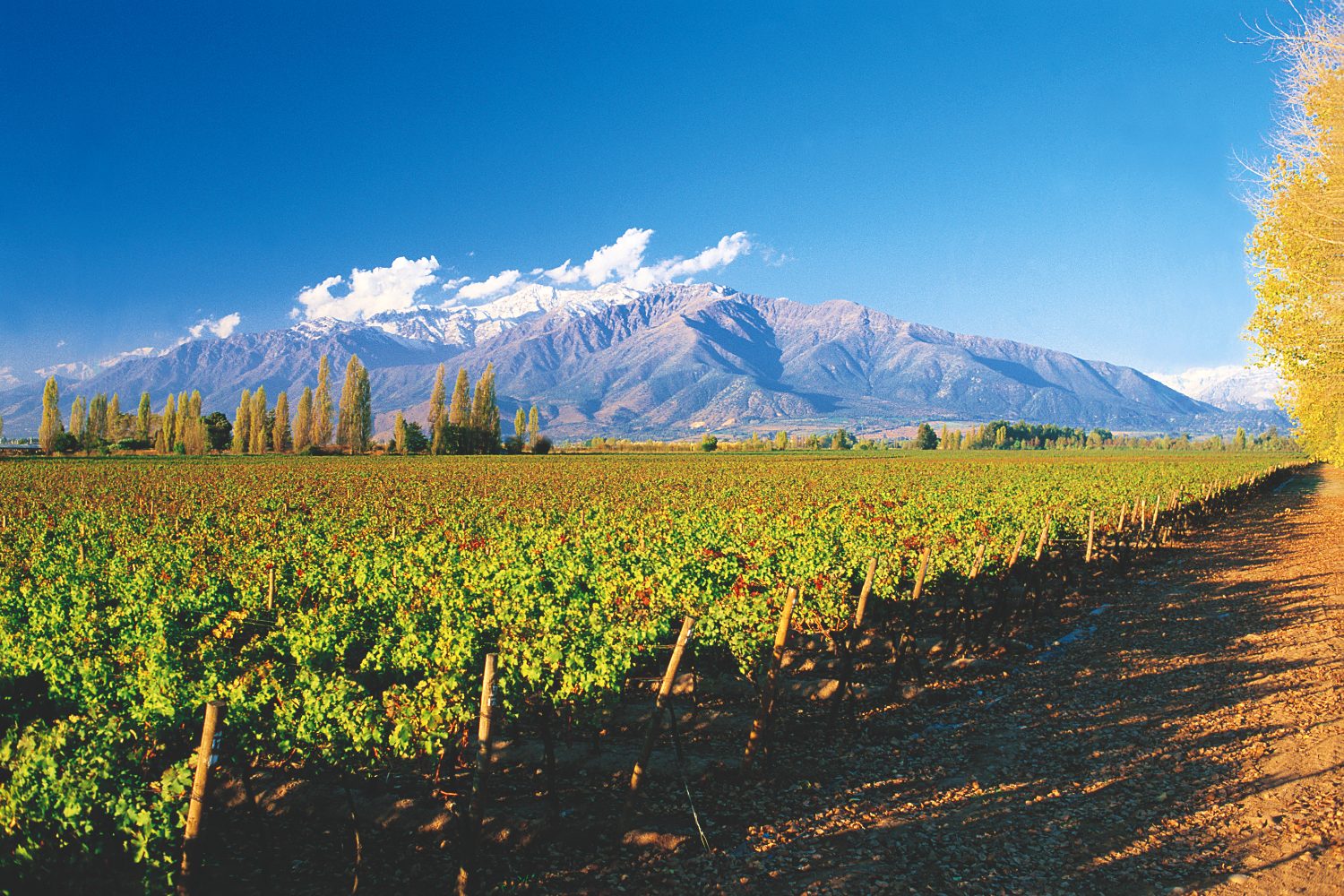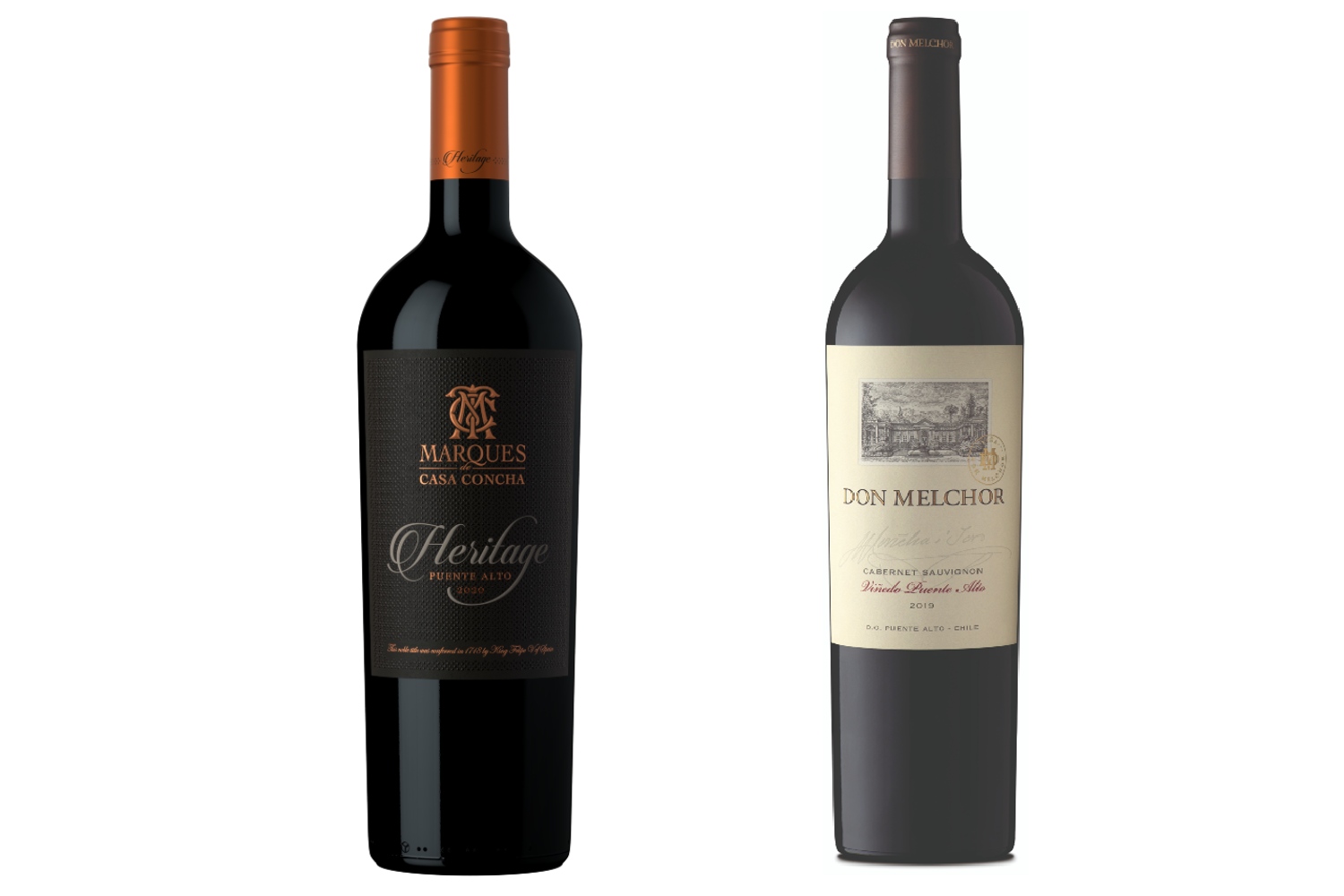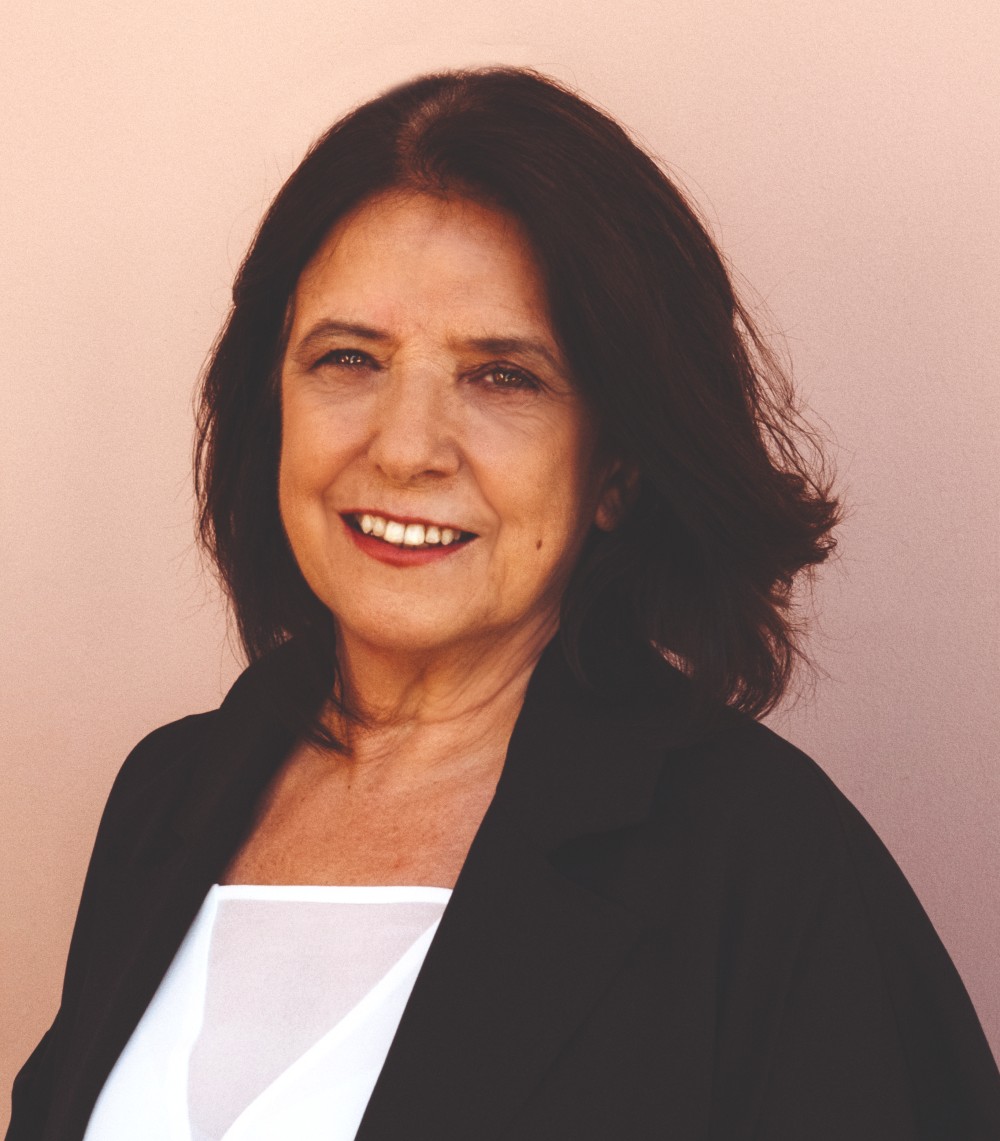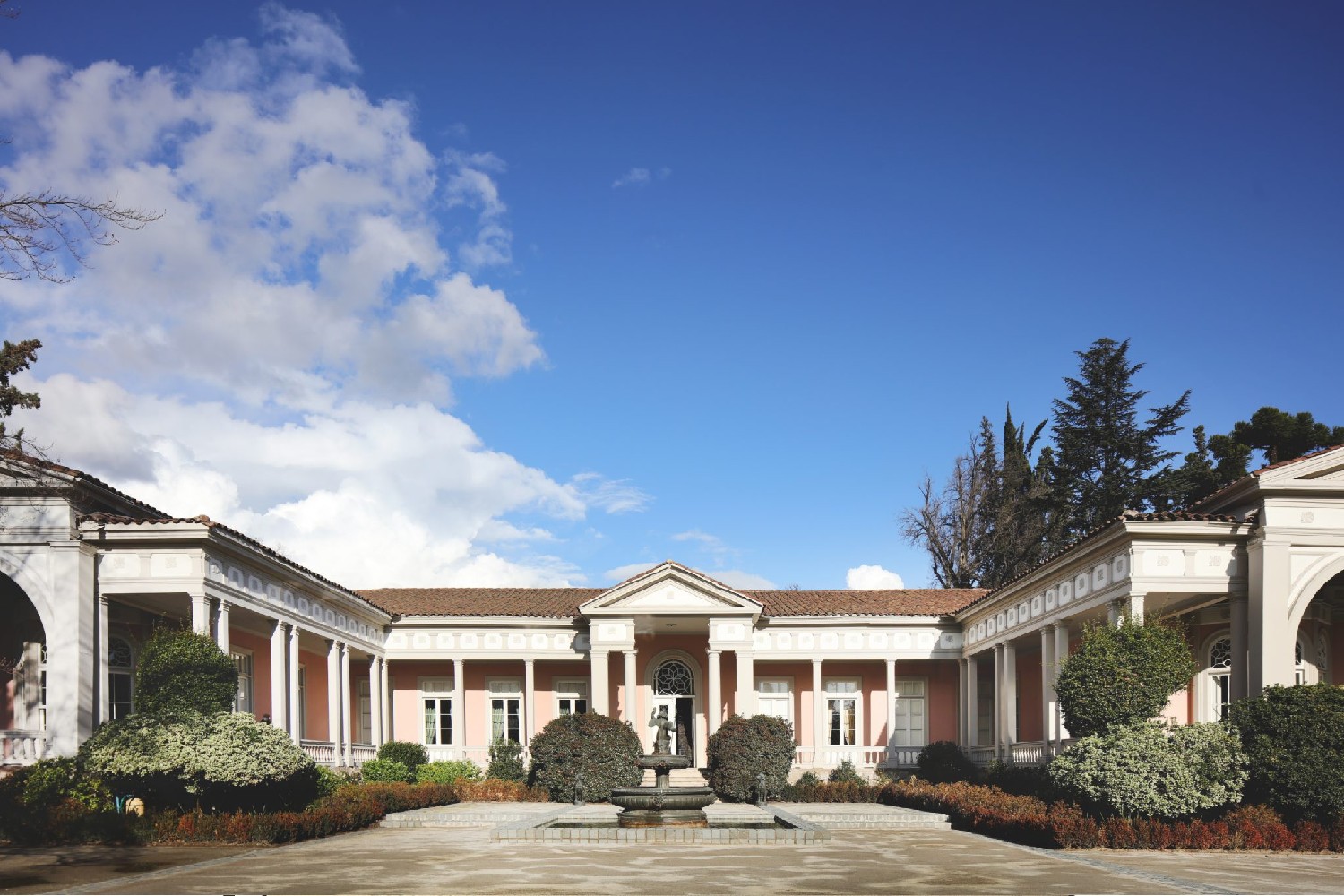Concha y Toro – leading wine producer in Latin America – focuses efforts on high-end labels and the results of the strategy are already showing in numbers.
The Reservado, priced around R$40, continues to be Concha y Toro’s best-selling wine in Brazil, with 18 million bottles a year. But the Chilean company – the largest wine exporter in Latin America and the third largest producer in the world by volume – is now betting on the Brazilian potential for the consumption of premium labels, from R$150.
The plan to take the country from fourth to first place in the segment is part of the company’s shift towards high value-added products. This strategy, in turn, accompanies a larger market movement.
“There has been a radical change in the consumer, who today tends to buy wines at a higher price”, says the Vice President of Corporate Image of the Concha y Toro holding, Isabel Guilisasti.

She was recently in São Paulo to launch two vintages from the Puente Alto designation of origin, known for its excellence in cabernet sauvignon: Don Melchor 2019 (R$1,350) and Marques de Casa Concha Heritage 2020 (R$619).
According to Isabel, the recent transformation of the wine industry scenario has to do with the increase in consumption of the drink at home during lockdown periods.
In the comfort of their own homes, people have allowed themselves to experience higher quality products – which, in the vice president’s opinion, is a difficult path to return.
“I think the world has become preeminent during the pandemic,” she says. “In 2021, the company’s closing of the year was exceptional, and that had to do with it.”

In numbers: premium portfolio sales accounted for 36% of revenues in 2017 and increased to 49.2% in 2021; in volume, they went from 23% to 32.9% in the same period.
The holding’s revenue reached US$ 1.09 billion in 2021, 50% above pre-pandemic levels. Headquartered in Santiago, today the group owns 12,313 hectares of vineyards in Chile, Argentina and the United States and is formed by the wineries Concha y Toro, Don Melchor, Cono Sur, Viña Maipo, Bonterra Organic Estates (formerly Fetzer, from the United States ) and Trivento (Argentina) and the joint venture Almaviva (50% Concha y Toro, 50% Baron Philippe de Rothschild).
During her visit to São Paulo, Isabel talked to Forbes about the challenge of maintaining the consumption pattern achieved in recent years. She also commented on the sustainability commitments assumed by the company, which announced the goal of reducing its total CO2 emissions by 35% by 2025 (compared to 2017) and zeroing them by 2050.
She also spoke about family management and her generation’s contributions to the business (she is the daughter of Eduardo Guilisasti, who in the 1950s became president and main shareholder in Viña Concha y Toro, and sister of the company’s current CEO). Check out:
WHAT IS IT LIKE TO WORK IN A BUSINESS THAT YOUR FAMILY HAS BEEN IN FOR DECADES?
We’ve been tied to the world of wine all my life. I studied art and, at some point, this curiosity for wine, for everything my father had done and what he was working on, subsided. It was a recurring theme in our family. So I studied marketing and 25 years ago I started working in Cono Sur.
In 2000 I took over the marketing of Concha y Toro, for fine, high-end wines, and in 2020 I took over as VP of fine wine not only for Concha y Toro, but also for the other branches. We are seven brothers, and we all have different professions, so we don’t compete.

A brother, an agronomist, died in 2014. Eduardo is an engineer and is in charge of the general management of Viña Concha y Toro and all branches. Rafael works at Emiliana, which is a different winery, 100% oriented towards organic agriculture. Pablo works at the fruit farm (Greenvic).
I’m in the marketing world. And my two sisters (Sara and Josefina), one works in the area of our father’s foundation and the youngest is studying art. We complement each other, we don’t have big differences and we all push the company, we have passion, initiative, we talk a lot and we respect each other’s opinion.
WHAT CHANGES DID YOUR GENERATION IMPLEMENT AND WHAT DID THEY KEEP?
With my father, the biggest boost in the company was related to the fact that he believed that Chile had unrivaled conditions to produce wines and distribute globally. His trajectory was focused on buying more hectares and consolidating himself as a winery capable of producing a greater volume to supply other markets.
We are a small country,with small domestic consumption, so we had to open ourselves up to the world – it’s different when you’re a wine producer in Argentina, in California, in other countries where the market is stronger.
My brother, Eduardo, when he takes over general management, has a very global and export vocation. Concha y Toro is now consolidating in the foreign market. This is his great contribution.
Today we are present in over 130 countries and have commercial offices in the United Kingdom, Canada, Mexico, Brazil, Singapore, the Nordic countries and the United States (13 in all).
From a marketing point of view, we are focused on having a more limited portfolio of brands and developing different experiences through them, placing the consumer as the central axis.
Many wineries (and us too, years ago) have a strategy of producing wines and brands from a perspective of a productive company rather than a consumer-oriented company. I would say that this is the big change in our generation: the consumer has assumed a very important role in the company’s strategy.
WHEN YOU CHANGED THE WINE PORTFOLIO, WHAT DID YOU LOOK FOR?
This major change in our portfolio definition was developed five years ago, in 2017, when we defined a strong consumer orientation and the development of premium brands. We’ve taken all the brands from Casillero del Diablo upwards as the most relevant ones to focus on.
Thus begins what we define as the company’s premium. We do not leave aside the others, because wines such as Reserved continue to be produced, but our focus is on the most premium wines.

AND HOW DID THIS PREMIUNIZATION EVOLVE? WHAT WAS IT LIKE FIVE YEARS AGO AND WHAT IS THE REVENUE OF CONCHA Y TORO’S PREMIUM BRANDS LIKE NOW?
It has been quite successful in terms of the company’s revenue. In 2017, the premium wine portfolio represented 36%; in 2021, it went to 49.2%. In terms of volume, it went from 23% to 32.9%. This has to do not only with the company’s challenges. We follow the consumer. These days, he tends to buy higher-priced wines.
The pandemic, despite being disastrous, helped premium wines. There was a lot of domestic consumption, and that was a radical change. Because when you go to restaurants, they put a margin on the price. At home, the consumer had access to high quality wines at a lower price.
And once the palate gets used to it, it’s hard to go back. It happens with all things. I believe the world has become premiunized during the pandemic.
HOW DID THE BRAZILIAN MARKET BEHAVE IN RELATION TO PREMIUNIZATION AND DOMESTIC CONSUMPTION?
This same phenomenon happened in Brazil. At the launch event for the Puente Alto designation of origin (in August, in São Paulo), we had the opportunity to talk to people from the industry who have wine stores and there is the same opinion that, during the pandemic, wine consumption has grown and the consumption of premium wines grew.
Now, in the year 2022, when the doors open and people dare to go out more, other types of consumption, parties, beer, also grow strongly. We have the challenge of maintaining what we have conquered in the coming years.
IS THERE A RELATIONSHIP BETWEEN INVESTING IN SUSTAINABILITY AND PREMIUMS? DOES THE CONSUMER ALSO LOOK FOR A WINE THAT HAS SUSTAINABILITY AMONG ITS VALUES?
We have a sustainability program since 2012. We focus on water management, waste management, native forests and also on conservation. From an agricultural point of view, we plan to work on regenerative practices with regard to fauna and soil.
We were certified as a B Corp, which means that we are committed to the environment and also to social issues. In 2014, we created a company research and innovation center dedicated to thinking about the winery of the future. There is, for example, a pilot plan on how to reduce the greatest amount of water through irrigation implementations.
Another important pillar is that we have a historic heritage in the vineyards and we are concerned with conserving and protecting it: pre-phylloxera cabernet sauvignons (a plague that devastated plantations in the 19th century).
We still have this genetic material, we reproduce and share it. Everything we inherit as heritage, we conserve and seek to project into the future. At the consumer level, he is increasingly looking for companies that have a very clear purpose. And this is where consistency is important. Or the consumer punishes you.
With information from Forbes

